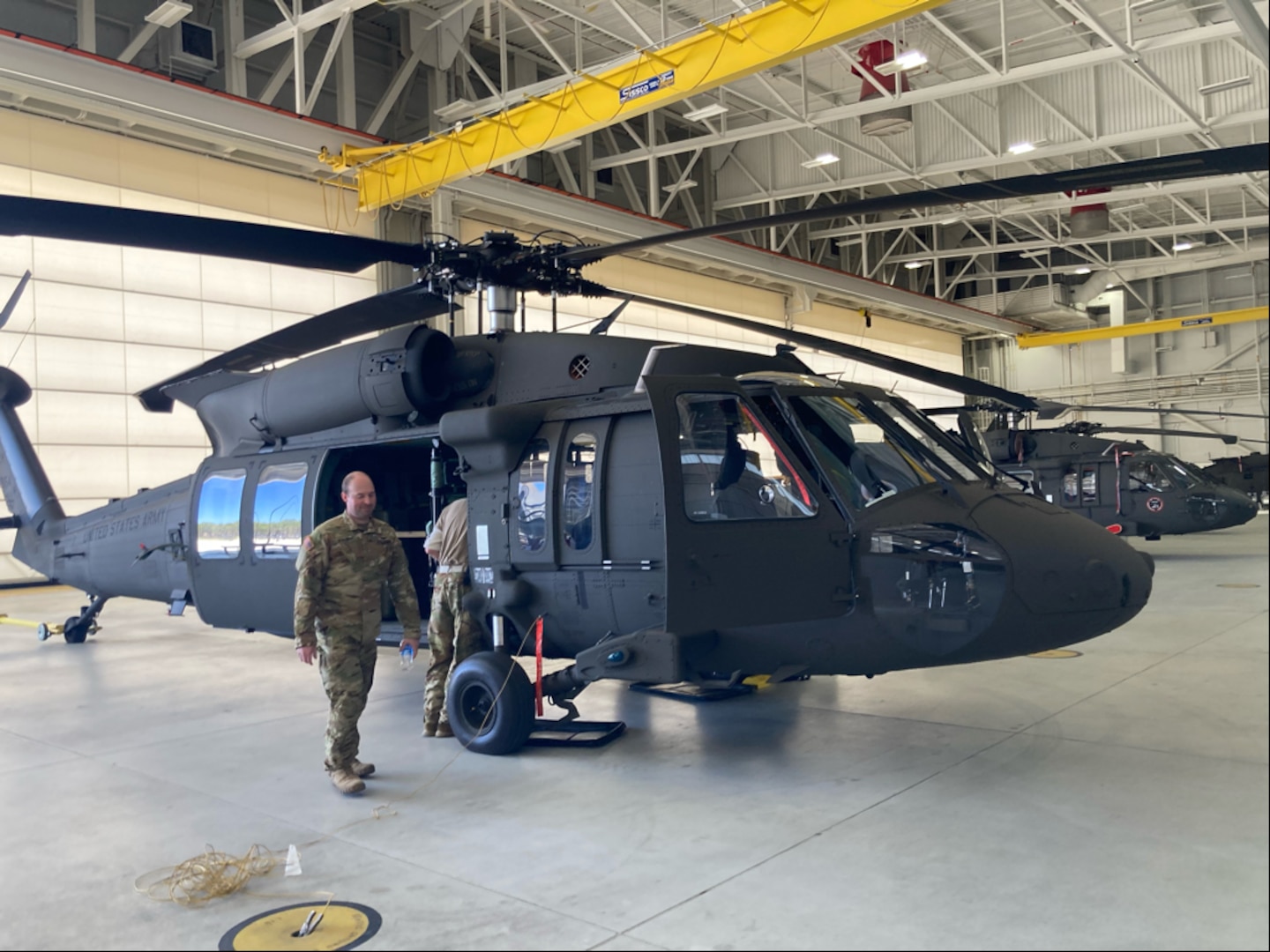Exploring the Thrills and Innovations of the Blackhawk Helicopter
The Blackhawk helicopter stands as a testament to armed forces air travel's advancement, merging technical developments with useful applications. What exists ahead for this iconic aircraft, and just how will arising innovations form its future in military operations?
History of the Blackhawk Helicopter
Considering that its inception in the 1960s, the Blackhawk helicopter has actually played a crucial role in modern armed forces air travel. Developed by Sikorsky Airplane, the UH-60 Blackhawk was developed to meet the U.S. Army's demand for a versatile energy helicopter qualified of doing a variety of goals, including troop transport, medical emptying, and cargo airlift. The layout was a reaction to the restrictions of earlier helicopters, particularly in regards to ability to move, survivability, and rate.
The Blackhawk made its first flight in 1974 and quickly got in solution in 1979. Its introduction noted a considerable development in helicopter innovation, featuring a two-rotor system that boosted performance and security. The aircraft's rugged building and construction and progressed avionics allowed it to run effectively in diverse environments and problems.
Throughout the years, the Blackhawk has been constantly updated, incorporating lessons picked up from different fight circumstances. Its release in conflicts such as the Gulf War, Somalia, and the Battle on Horror additional strengthened its track record as a vital asset. The Blackhawk's tradition is characterized by its flexibility and resilience, making it a cornerstone of armed forces aeronautics for years.
Key Attributes and Requirements
The Blackhawk helicopter is identified by its durable layout and progressed technical functions, which jointly boost its functional capabilities. Developed mainly for energy objectives, the Blackhawk boasts an optimum departure weight of about 22,000 extra pounds, permitting it to lug significant payloads while preserving agility.
Outfitted with two General Electric T700-GE-701C engines, the Blackhawk attains an optimal speed of around 183 knots and a range of 368 nautical miles - Blackhawk Helicopter. Its cutting edge blades system features a four-blade major blades and a four-blade tail blades, making sure security and ability to move in different flying conditions
The helicopter's cabin can suit as much as 11 troops or different freight setups, showcasing adaptability in objective profiles. In addition, the Blackhawk is designed with sophisticated avionics, including electronic flight controls and an extensive cockpit display screen, improving pilot situational understanding.
For boosted survivability, the Blackhawk integrates ballistic armor and self-sealing fuel storage tanks. Its ability to run in varied environments, from deserts to icy surfaces, further strengthens its reputation as a dependable system for military and altruistic procedures alike. The Blackhawk's mix of power, versatility, and strength makes it a cornerstone of contemporary aerial capabilities.
Innovations in Technology
Innovations in innovation have actually dramatically boosted the capacities of the Blackhawk helicopter, ensuring it continues to be at the forefront of armed forces aeronautics. Among the most significant innovations is the combination of innovative avionics systems, which provide improved situational recognition through real-time data processing and display. This technology permits pilots to browse complex atmospheres better, boosting goal success rates.

In addition, the introduction of digital fly-by-wire systems has transformed the control systems of the Blackhawk, giving smoother handling and increased responsiveness. These systems assist in more information innovative maneuverability, essential in high-stakes circumstances. Advancements in interaction and networking innovations allow seamless sychronisation amongst devices, enhancing total functional effectiveness. Jointly, these technological innovations make certain that the Blackhawk helicopter remains a crucial possession in modern army operations.
Functions in Armed Force Workflow
With sophisticated modern technology boosting its capabilities, the Blackhawk helicopter plays a multifaceted function in armed forces operations. Mostly, it is utilized for troop transportation, making it possible for rapid implementation and removal of workers in numerous fight circumstances. Its large cabin can fit up to 11 troops, making it a necessary possession for unique procedures and large goals.
Furthermore, the Blackhawk acts as a medevac platform, furnished to transfer wounded soldiers promptly and efficiently from the battlefield to clinical facilities - Blackhawk Helicopter. Its flexibility encompasses logistical assistance, where it brings products and equipment vital for maintaining military procedures in remote locations

The helicopter is additionally critical in reconnaissance goals, providing aerial security and intelligence-gathering capacities. Its capacity to operate in varied settings-- ranging from urban settings to severe surfaces-- additional solidifies its importance on the battlefield.
Furthermore, the Blackhawk can be equipped with sophisticated weapons, permitting it to engage in combat and offer close air support. This versatility underscores the helicopter's indispensable duty in contemporary military strategies, making it a vital element of militaries worldwide.
Future Developments and Innovations
Developments in modern technology promise to introduce a new period for the Blackhawk helicopter, improving its capabilities and operational performance. As the military landscape develops, so too does the emphasis on integrating innovative technologies right into rotary-wing aircraft. Future growths for the Blackhawk may include enhancements in avionics, such as sophisticated flight control systems and boosted situational recognition devices powered by expert system. These innovations will help with much more accurate navigating and decision-making in complicated environments.
In addition, the combination of unmanned systems is on the perspective, possibly permitting for manned-unmanned teaming procedures that can expand goal accounts and reduce threat to workers. The Blackhawk's design is also anticipated to include lighter and more powerful products, improving fuel effectiveness and overall efficiency.

Verdict
Finally, the Blackhawk helicopter represents a significant success in army aeronautics, identified by its flexibility and progressed technical functions. Its historic advancement anonymous reflects a constant action to operational needs, boosting capacities in numerous functions such as troop transportation and medevac procedures. Recurring innovations, including the integration of fabricated knowledge and hybrid-electric propulsion, promise to further enhance the Blackhawk's this effectiveness and importance in future army involvements, guaranteeing its condition as an essential asset on the battlefield.

With sophisticated modern technology improving its capabilities, the Blackhawk helicopter plays a complex duty in army operations. (Blackhawk Helicopter)